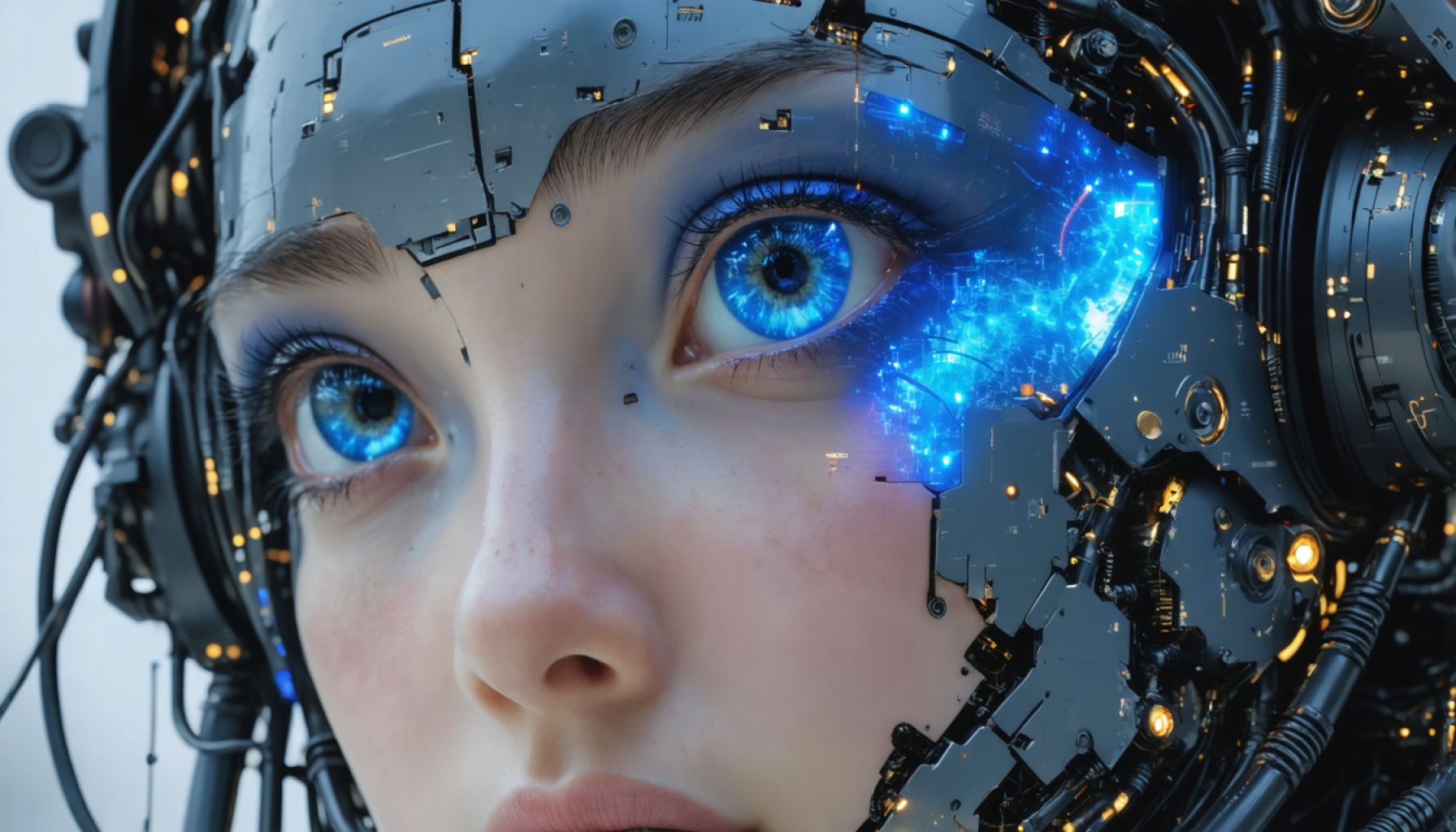- Hayao Miyazaki’s distinctive ghostly characters are trending on social media, but their AI-generated origins raise questions about authenticity.
- Generative AI, with its ability to mimic art styles, causes concern about unauthorized use of original creators’ work, such as Miyazaki’s.
- The incident with Philip Banks and the unauthorized use of his Chill Guy meme highlights issues with digital ownership and licensing.
- Blockchain technology is emerging as a solution, offering artists ways to verify and protect authorship through immutable digital records.
- By using blockchain, creators can ensure authenticity and automate royalties via smart contracts, securing digital integrity and ownership.
- This innovation in digital provenance is crucial as AI-generated content grows, ensuring genuine creativity is recognized and preserved.
In the pixelated universe of social media, a new trend has surfaced: Hayao Miyazaki’s ethereal ghostly characters, rendered not by his skilled hand but by artificial intelligence. The pastel hues infuse feeds with a familiar warmth, yet the origin of these images casts a shadow across their newfound popularity. This raises an urgent question: if the source is unknown, can the art be genuine?
Generative AI’s rapid advance allows it to mimic styles with alarming accuracy, generating vast troves of content. But what appears as creativity’s renaissance is, in reality, a haunting. Original creators like Miyazaki find their work appropriated without consent, and their voices drowned in a sea of digital echoes.
The chaos doesn’t stop here. In 2024, Philip Banks watched helplessly as his Chill Guy meme rocketed to stardom, thanks to unauthorized tokenization on Solana. His hacked accounts were entwined in a false licensing drama that sparked a spectacular market crash. This narrative repeats across media landscapes, threatening the very essence of trust and originality.
This is where blockchain technology steps into the fray, promising a revolution in creative authenticity. By leveraging its robust frameworks, artists can cement authorship through immutable ledgers. With a unique digital fingerprint, works are secured, and royalty streams automated through smart contracts. Every alteration or transaction is chalked into a transparent timeline, turning speculations about origin into certainties.
This shift isn’t hypothetical. It’s already reshaping how we perceive and maintain digital integrity. Blockchain offers an infrastructural lifeline, preserving the essence of creativity by providing artists with verifiable ownership and preventing the unauthorized laundering of aesthetics.
In a world awash with AI-generated wonder, the call for accurate provenance isn’t a futurist’s dream but an immediate necessity. Without it, digital creation is built on foundations as fragile as sandcastles before the tide. The solution isn’t found in outrage but in blockchain’s structured guarantees—ushering in an era where creativity’s genuineness is affirmed by technology, rather than obscured by it.
The Battle for Artistic Authenticity: AI, Blockchain, and the Future of Creativity
Unveiling AI’s Influence on Art
The rise of artificial intelligence has sparked a revolution in creative industries, and nowhere is this more evident than in the world of digital art. AI’s ability to replicate intricate artistic styles, such as the ethereal allure of Hayao Miyazaki’s work, has opened doors to new possibilities but also evoked significant concerns among artists and consumers alike.
How AI Art Is Generated
Generative AI models, like DALL-E and MidJourney, learn from vast data sets to create images that mimic specific styles. These models absorb the nuances of an artist’s work through a process called training, where they analyze thousands of images to understand and recreate patterns, color palettes, and structures. However, this raises questions about originality and copyright infringement.
Real-World Use Cases of AI Art
While AI-generated art can democratize creativity, allowing anyone to explore artistic expression without traditional skills, it blurs the lines of authorship. Businesses have utilized AI graphics for advertising and branding, providing quick, cost-effective solutions. On platforms like Etsy, sellers offer AI-generated prints, showcasing AI’s commercial potential.
Blockchain as a Solution
To combat the unauthorized use and attribution issues plaguing AI-created content, blockchain technology has emerged as a viable solution. It provides a decentralized, transparent ledger that can authenticate and trace the origin of digital creations.
How Blockchain Secures Digital Art
– Immutable Records: Blockchain creates permanent records of art transactions, ensuring authenticity and ownership.
– Smart Contracts: These automate royalties for artists, ensuring they are compensated whenever their work is used or resold.
– NFTs (Non-Fungible Tokens): NFTs are unique digital tokens that can represent ownership of a specific piece of art, providing a verifiable proof of authorship.
Controversies Surrounding AI and Blockchain
Despite its promises, the fusion of AI and blockchain is not without controversy. Critics argue that the environmental impact of blockchain, particularly in terms of energy consumption, poses sustainability issues. Additionally, the legal frameworks around AI-generated art remain murky, with ongoing debates over intellectual property rights for works created by non-human entities.
Market Forecasts and Industry Trends
The integration of AI in art is expected to grow, with projections indicating that by 2027, the AI art market could be worth billions. Blockchain technology in the digital art space, particularly through NFTs, is also poised for expansion, as more artists and collectors seek to ensure authenticity and value their digital assets.
Actionable Recommendations
– For Artists: Explore blockchain platforms like Ethereum or Tezos to mint and sell your digital art as NFTs, ensuring secure and verifiable ownership.
– For Buyers: Verify the authenticity of digital art through blockchain-backed platforms to avoid purchasing unauthorized reproductions.
– For Businesses: Utilize AI art for creative projects but ensure compliance with intellectual property laws.
Conclusion: Embracing Technology with Caution
While AI and blockchain offer revolutionary tools for creativity, they demand careful consideration and ethical implementation. As technology continues to evolve, fostering a landscape where originality is celebrated and protected will be crucial.
For more insights on AI and blockchain technologies, visit Blockchain.com and OpenAI.











